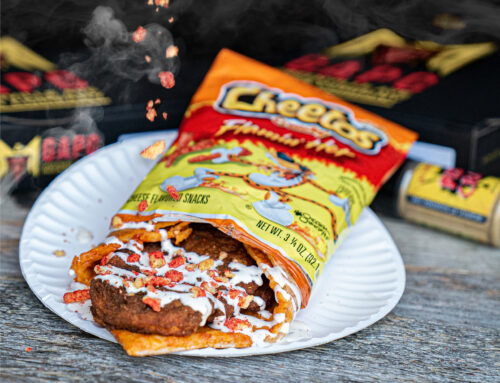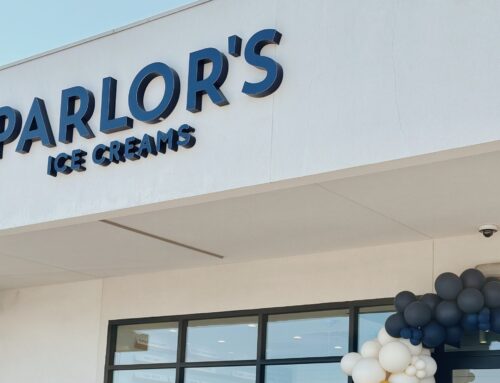One way to tell when you’ve finally got a handle on this wine business (and talking like a character from that movie doesn’t count) as if you can drink sweeter wine and appreciate it.
This is not white zinfandel. Instead, it’s the much less known and much better tasting white wine called Riesling. Riesling comes in a variety of styles, and some of it is barely sweet at all. The key to well-made sweeter wines is balance, when there is some kind of tartness to offset the sweetness. A soft drink is just sticky sweet; some of the best Rieslings (and they can be as pricey as any other fine wine) offer a clean sort of sweetness, so that it’s a flavor and not just sugar for sugar’s sake.
Riesling is made in a variety of places, from California to eastern France to Germany to upstate New York. It’s a terrific food wine served well-chilled just before dinner.
There are several decent Rieslings for around $10, especially from Alsace – Hugel, Trimback and Pierre Sparr among them. But if you want to pay a bit more, keep these Rieslings in mind the next time you’re tired of chardonnay or want a change from pinot grigio.
- Paraiso Riesling 2003 ($14). This is a well-made, well-balanced California label that compares favorably to wines that cost as much as $20. It’s off-dry – not as sweet – with a surprising mineral quality. That makes it especially suited for seafood.
- Dr. Konstantin Frank Dry Riesling 2004 ($16). Those of us who appreciate regional U.S. wine really appreciate Dr. Frank, who has been making quality wine in New York’s Finger Lakes for more than 40 years. This wine, which won a gold medal at this year’s Dallas Morning News Competition, is less dry than the Paraiso.
- Dr. H. Thanisch Braunberger Juffer-Sonnenuhr Riesling-Spatlese 2003 ($24). A stunning wine- sweet yet not sugary, with a ripe fruit aroma and almost as mu ch mineral quality as some sauvignon blancs. this is the sweet wine for people who don’t think they like sweet wine.





